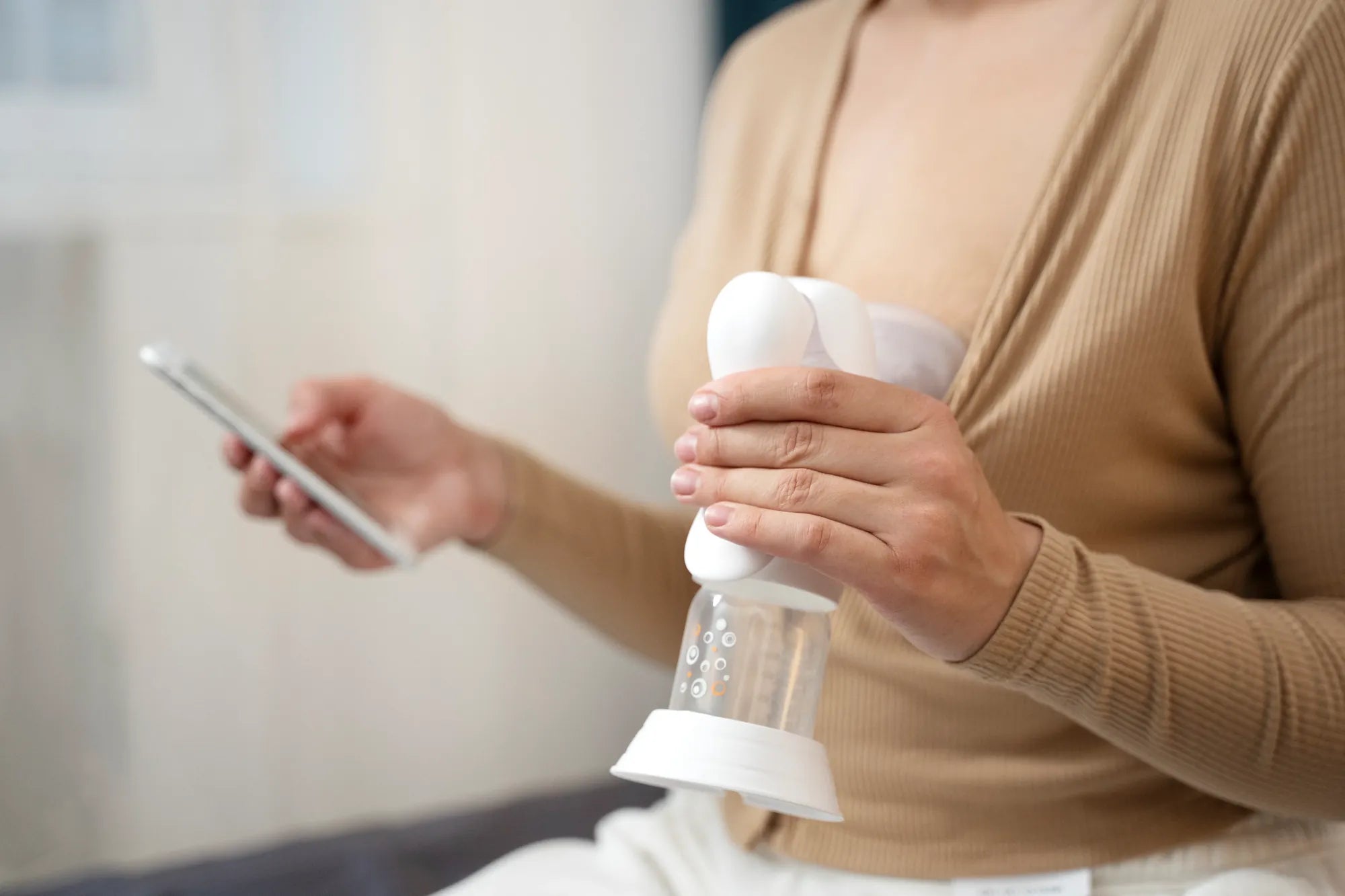Inicio
Pregnancy, Breastfeeding, and Pumping: The Ultimate Guide for Moms
How Long to Breast Pumps Last: A Comprehensive Guide

How Long to Breast Pumps Last: A Comprehensive Guide
Breast pumps are essential tools for many nursing mothers, offering convenience and flexibility. But how long do they last? Understanding the lifespan of a breast pump can help you make informed decisions about maintenance, replacement, and budgeting. This guide explores the factors that influence durability, signs it’s time for a new pump, and tips to maximize its longevity.
Factors That Influence How Long Breast Pumps Last
Several factors determine how long a breast pump will remain functional. These include the type of pump, frequency of use, maintenance practices, and build quality. Electric pumps, for instance, may have a shorter lifespan compared to manual pumps due to their mechanical components. Similarly, pumps used multiple times a day will wear out faster than those used occasionally.
Average Lifespan of Breast Pumps
On average, a well-maintained breast pump can last between one to three years. However, this varies depending on the factors mentioned earlier. High-quality pumps with durable materials and proper care may last longer, while budget-friendly options might need replacement sooner. It’s essential to monitor your pump’s performance and watch for signs of wear and tear.
Signs It’s Time to Replace Your Breast Pump
Recognizing when your breast pump is no longer effective is crucial. Common signs include reduced suction power, unusual noises, and visible damage to parts like tubing or flanges. If cleaning and replacing parts don’t resolve these issues, it’s likely time for a new pump. Using a malfunctioning pump can impact milk supply and comfort, so don’t delay in addressing these problems.
Tips to Extend the Lifespan of Your Breast Pump
Proper care and maintenance can significantly extend how long your breast pump lasts. Regularly clean and sanitize all parts according to the manufacturer’s instructions. Replace worn-out components promptly, and store the pump in a clean, dry place. Avoid overusing the pump, and consider having a backup for heavy usage periods. These practices can help you get the most out of your investment.
When to Consider Upgrading Your Breast Pump
Even if your pump is still functional, upgrading to a newer model can offer benefits like improved efficiency, comfort, and technology. If your needs have changed, such as transitioning from exclusive pumping to occasional use, a different type of pump might be more suitable. Researching the latest options can help you find a pump that better aligns with your current lifestyle.
Knowing how long breast pumps last and how to care for them ensures you’re always prepared. By understanding the factors that affect durability and recognizing when it’s time for a replacement, you can maintain optimal performance and comfort. Invest in your pumping journey by choosing a pump that meets your needs and taking steps to extend its lifespan.
Compartir
